Understanding the Differences Between PMI/MIP and Home Insurance: A Comprehensive Guide
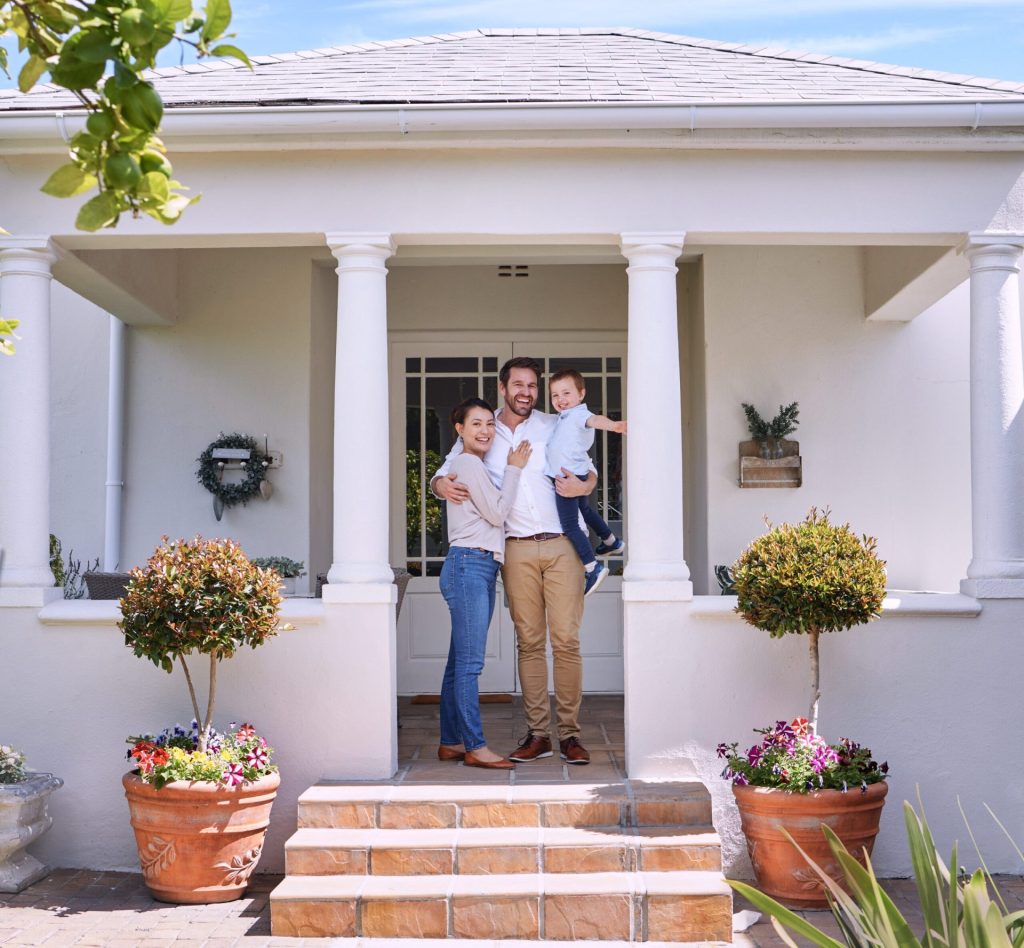
When purchasing a home, navigating the various types of insurance and protection plans can be overwhelming. Two critical types of insurance that homeowners often encounter are Private Mortgage Insurance (PMI) or Mortgage Insurance Premium (MIP), and home insurance. Understanding these insurance types, their purposes, and their differences is essential for making informed decisions about protecting your investment. This article will define PMI, MIP, and home insurance, highlight their key differences, and explain why each is vital.
What is PMI (Private Mortgage Insurance)?
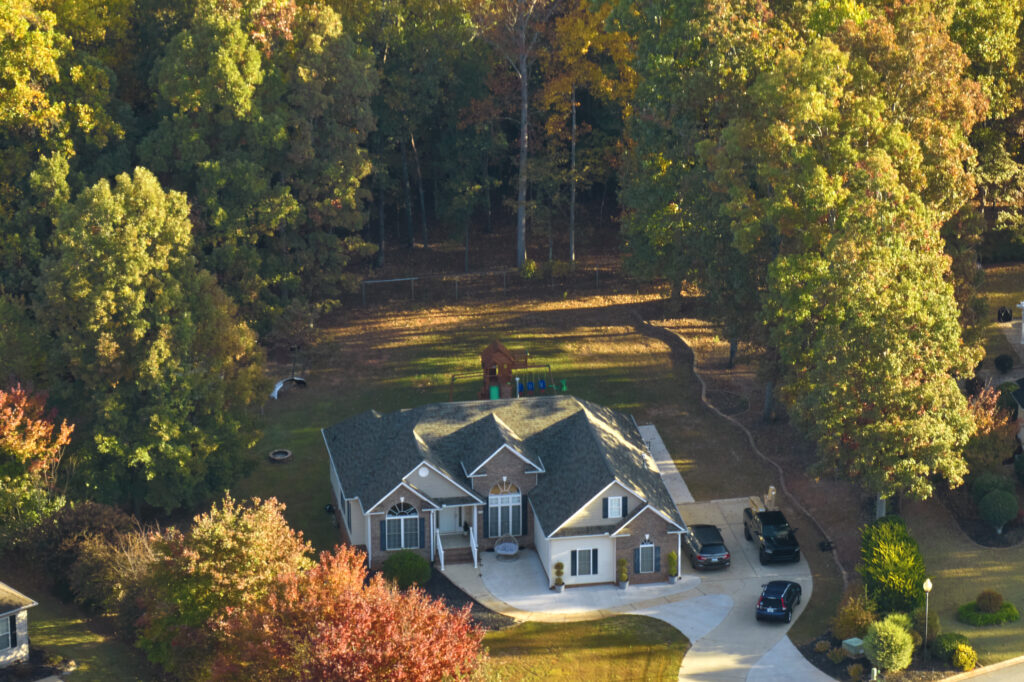
Definition and Purpose of PMI
PMI, or Private Mortgage Insurance, is a type of insurance required by lenders when a borrower makes a down payment of less than 20% on a conventional loan. The primary purpose of PMI is to protect the lender in case the borrower defaults on the loan. PMI is not for the benefit of the homeowner but rather a risk management tool for the lender.
When PMI is Required
PMI is typically required when the borrower cannot make a down payment of at least 20% of the home’s purchase price. This requirement helps lenders mitigate the higher risk associated with lending to borrowers who have less equity in the property.
Cost of PMI
The cost of PMI varies based on factors such as the size of the down payment, the loan amount, and the borrower’s credit score. Typically, PMI costs range from 0.3% to 1.5% of the original loan amount per year. PMI payments are usually included in the monthly mortgage payment, though some lenders offer the option to pay it as a lump sum at closing.
Cancellation of PMI
PMI can be canceled once the homeowner has built up enough equity in the home, usually when the loan-to-value (LTV) ratio reaches 80%. This cancellation can occur automatically or upon request, depending on the lender’s policies and the type of loan. Homeowners should stay informed about their loan terms and equity to know when they can request PMI cancellation.
What is MIP (Mortgage Insurance Premium)?
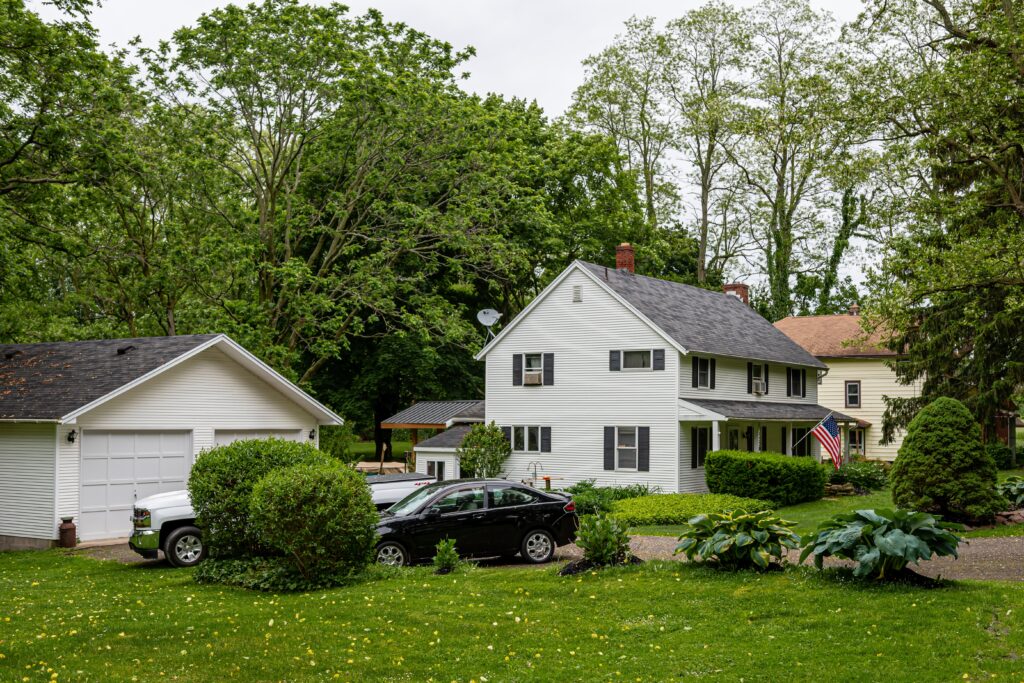
Definition and Purpose of MIP
Mortgage Insurance Premium (MIP) is similar to PMI but is specific to Federal Housing Administration (FHA) loans. MIP serves the same purpose as PMI in protecting the lender if the borrower defaults on the loan. However, there are some key differences between the two.
When MIP is Required
MIP is required for all FHA loans, regardless of the down payment amount. This means even borrowers who make a down payment of 20% or more on an FHA loan must pay MIP. The universal requirement for MIP in FHA loans helps the FHA maintain its insurance fund and support borrowers who may not qualify for conventional loans.
Cost of MIP
The costs associated with MIP include an upfront premium, typically 1.75% of the loan amount, and an annual premium, which ranges from 0.45% to 1.05% of the loan amount, depending on the loan term and amount. These costs are generally rolled into the monthly mortgage payment, making them more manageable for borrowers.
Cancellation of MIP
Unlike PMI, which can be canceled once sufficient equity is built, MIP may be required for the life of the loan, depending on the loan terms and when the loan was originated. For loans with a term greater than 15 years and an LTV greater than 90%, MIP is required for the entire loan term. For loans with lower LTVs, MIP can be canceled after 11 years. Borrowers should review their loan agreements to understand the specific terms regarding MIP cancellation.
What is Home Insurance?

Definition and Purpose of Home Insurance
Home insurance, also known as homeowners insurance, is a type of insurance policy that protects homeowners against various risks related to owning and living in a home. Unlike PMI and MIP, which protect the lender, home insurance protects the homeowner.
Types of Home Insurance Coverage
Home insurance policies typically cover:
- Dwelling Coverage: Protection for the physical structure of the home against perils such as fire, wind, hail, and vandalism.
- Personal Property Coverage: Protection for personal belongings inside the home, such as furniture, electronics, and clothing.
- Liability Coverage: Protection against legal responsibility for injuries or property damage caused to others while on the homeowner’s property.
- Additional Living Expenses: Coverage for temporary living expenses if the home becomes uninhabitable due to a covered peril.
Cost of Home Insurance
The cost of home insurance varies based on factors such as the location of the home, the home’s value, the coverage limits, and the homeowner’s claims history. On average, homeowners can expect to pay around $1,200 per year for a standard home insurance policy. It’s important to shop around and compare policies to find the best coverage at a reasonable price.
Key Differences Between PMI/MIP and Home Insurance
Primary Purposes and Beneficiaries
While PMI/MIP and home insurance both involve monthly premiums and provide financial protection, their purposes, beneficiaries, and coverage differ significantly.
- PMI and MIP: Designed to protect lenders from the financial risk of borrower default. Beneficiaries are the lenders, not the homeowners.
- Home Insurance: Designed to protect homeowners from financial losses related to property damage, theft, and liability. Beneficiaries are the homeowners.
Coverage Differences
- PMI and MIP: Cover the lender’s risk, not the homeowner’s. They do not provide any direct benefit to the homeowner.
- Home Insurance: Covers the physical structure of the home, personal property, and liability. Provides comprehensive protection for various risks associated with homeownership.
Cost Structure and Payment Methods
- PMI and MIP Costs: Based on the loan amount, down payment, and borrower’s credit score. Typically part of the monthly mortgage payment.
- Home Insurance Costs: Based on factors such as the home’s value, location, and coverage limits. Premiums are often paid annually or semi-annually.
Why PMI/MIP is Important
Lender Protection and Risk Mitigation
PMI and MIP are crucial for both lenders and borrowers. For lenders, these insurance policies reduce the risk of financial loss due to borrower default, making it possible to offer loans to borrowers with lower down payments. This increased accessibility allows more individuals to become homeowners.
Borrower Benefits and Loan Accessibility
For borrowers, PMI and MIP enable them to purchase a home without needing a substantial down payment, making homeownership more attainable. While PMI and MIP add to the overall cost of the mortgage, they provide an opportunity for borrowers to enter the housing market sooner and start building equity in their homes.
Long-term Financial Implications
In the long term, borrowers can work toward canceling PMI or MIP, thus reducing their monthly mortgage payments and increasing their financial stability. Understanding the conditions for cancellation and maintaining good financial habits can help homeowners achieve this goal more quickly.
Why Home Insurance is Essential

Protection Against Property Damage and Loss
Home insurance is vital for protecting homeowners against unexpected financial losses. The coverage provided by home insurance policies ensures that homeowners can repair or rebuild their homes after damage from covered perils such as fire, windstorms, or theft. Without home insurance, the cost of repairs or rebuilding could be financially devastating.
Personal Property Protection
Home insurance protects personal property inside the home, offering financial reimbursement for lost or damaged items. This coverage includes everything from furniture and electronics to clothing and jewelry. Ensuring adequate personal property coverage is essential for safeguarding valuable belongings.
Liability and Legal Protection
Liability coverage is another critical component of home insurance, providing legal and financial protection if someone is injured on the property or if the homeowner is responsible for damage to someone else’s property. This protection can help cover medical expenses, legal fees, and settlements, reducing the financial burden on the homeowner.
Additional Living Expenses Coverage
Home insurance also includes coverage for additional living expenses, which helps homeowners pay for temporary housing and living costs if their home becomes uninhabitable due to a covered peril. This coverage ensures that homeowners can maintain their standard of living while their home is being repaired or rebuilt.
How to Manage PMI/MIP and Home Insurance Effectively
Minimizing PMI/MIP Costs
Managing PMI, MIP, and home insurance effectively involves understanding the costs, seeking ways to minimize expenses, and ensuring adequate coverage. Here are some tips for homeowners:
- Make a Larger Down Payment: If possible, make a larger down payment to avoid or reduce PMI/MIP costs.
- Improve Credit Score: Work on improving your credit score to qualify for lower PMI rates.
- Refinance Your Mortgage: Consider refinancing your mortgage to eliminate PMI once you have sufficient equity. For FHA loans, refinancing to a conventional loan can remove MIP if you meet the equity requirements.
Getting the Best Home Insurance Rates
- Shop Around: Compare quotes from different insurance providers to find the best rates.
- Increase Home Security: Install security systems, smoke detectors, and deadbolts to qualify for discounts.
- Bundle Policies: Bundle home insurance with other policies, such as auto insurance, for multi-policy discounts.
- Review Coverage Limits: Periodically review your coverage limits and adjust them as needed to avoid overpaying for unnecessary coverage.
Regularly Reviewing and Updating Policies
- Review Policy Annually: Periodically review your home insurance policy to ensure it reflects the current value of your home and possessions.
- Update After Major Changes: Update your policy after significant home improvements or purchases to ensure adequate coverage.
- Stay Informed: Stay informed about changes in insurance regulations and lender requirements to manage PMI and MIP effectively.
Understanding Policy Terms
Understanding the terms and conditions of your policies is essential for making informed decisions about your insurance needs and ensuring comprehensive protection for your home and investment. Familiarize yourself with the details of your PMI, MIP, and home insurance policies to avoid surprises and ensure you have the necessary coverage.
Conclusion
Navigating the complexities of PMI, MIP, and home insurance is crucial for homeowners to protect their investments and achieve financial stability. While PMI and MIP safeguard lenders, home insurance provides essential protection for homeowners against various risks and potential losses. By understanding the differences, costs, and benefits of each type of insurance, homeowners can make informed decisions and manage their insurance policies effectively. Regularly reviewing and updating these policies will ensure that homeowners maintain adequate coverage and financial security.
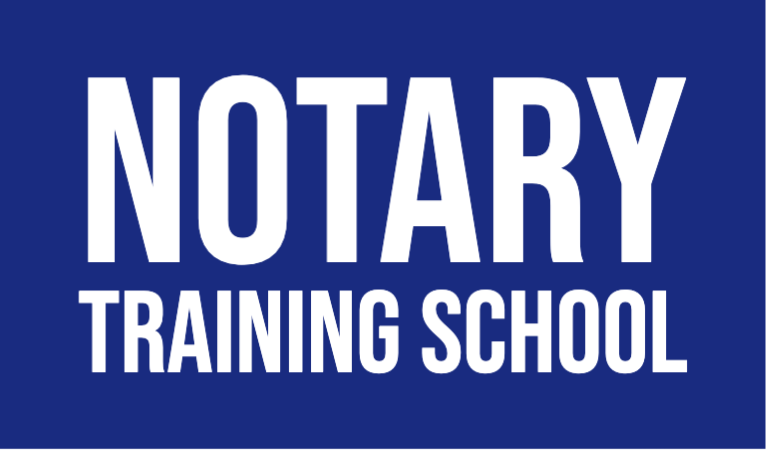
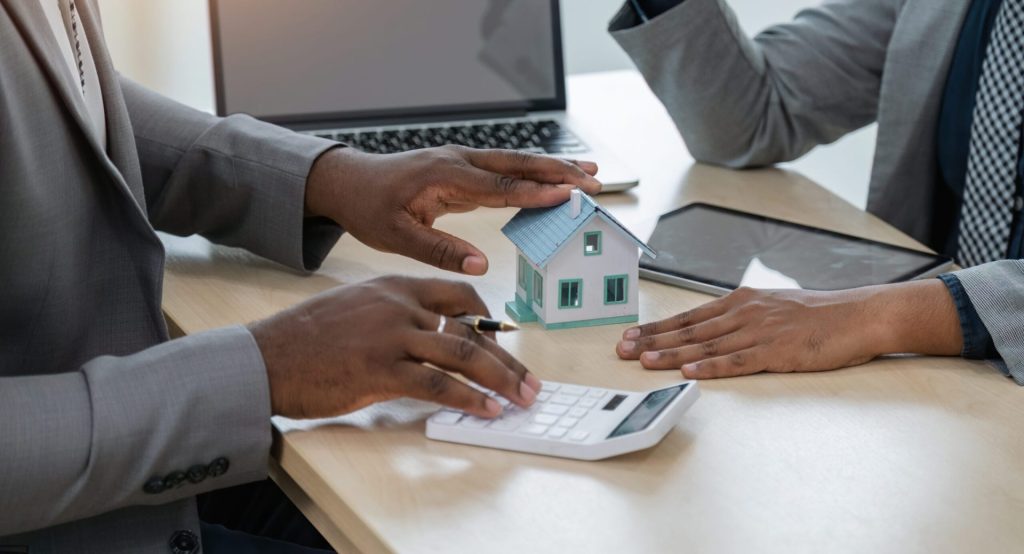



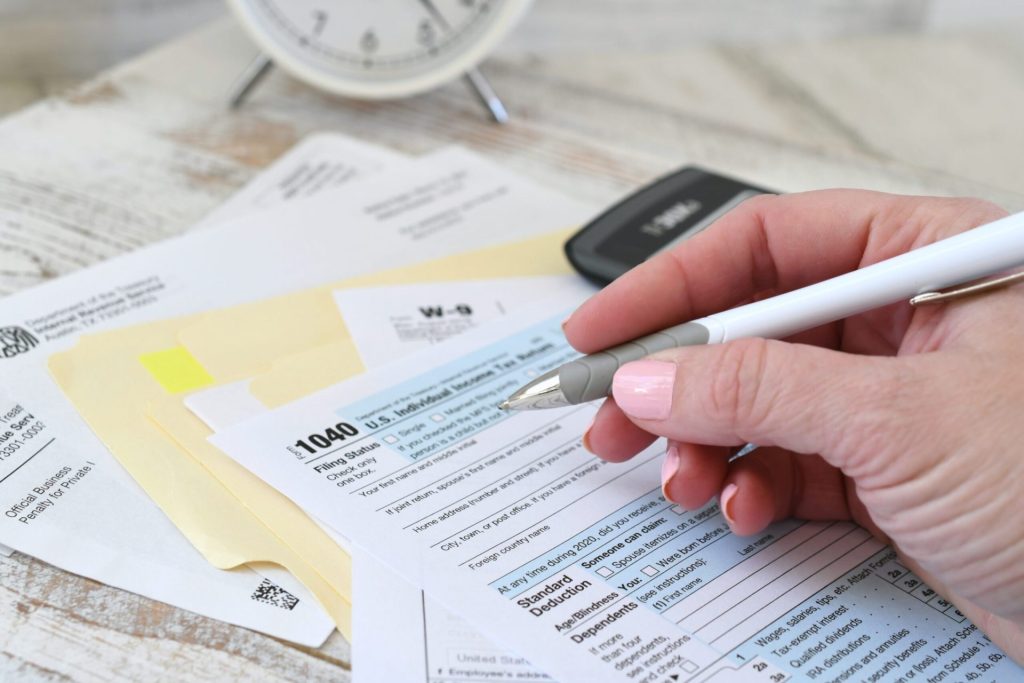
Responses